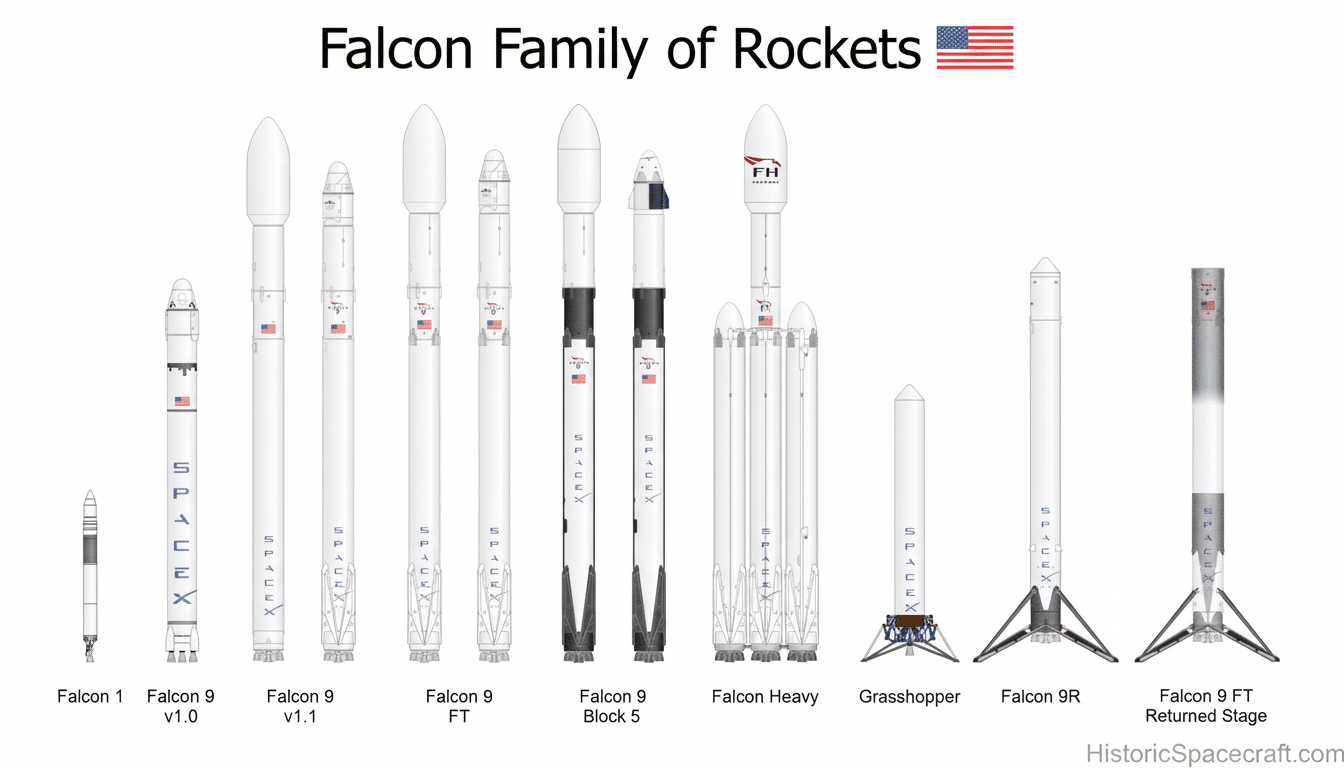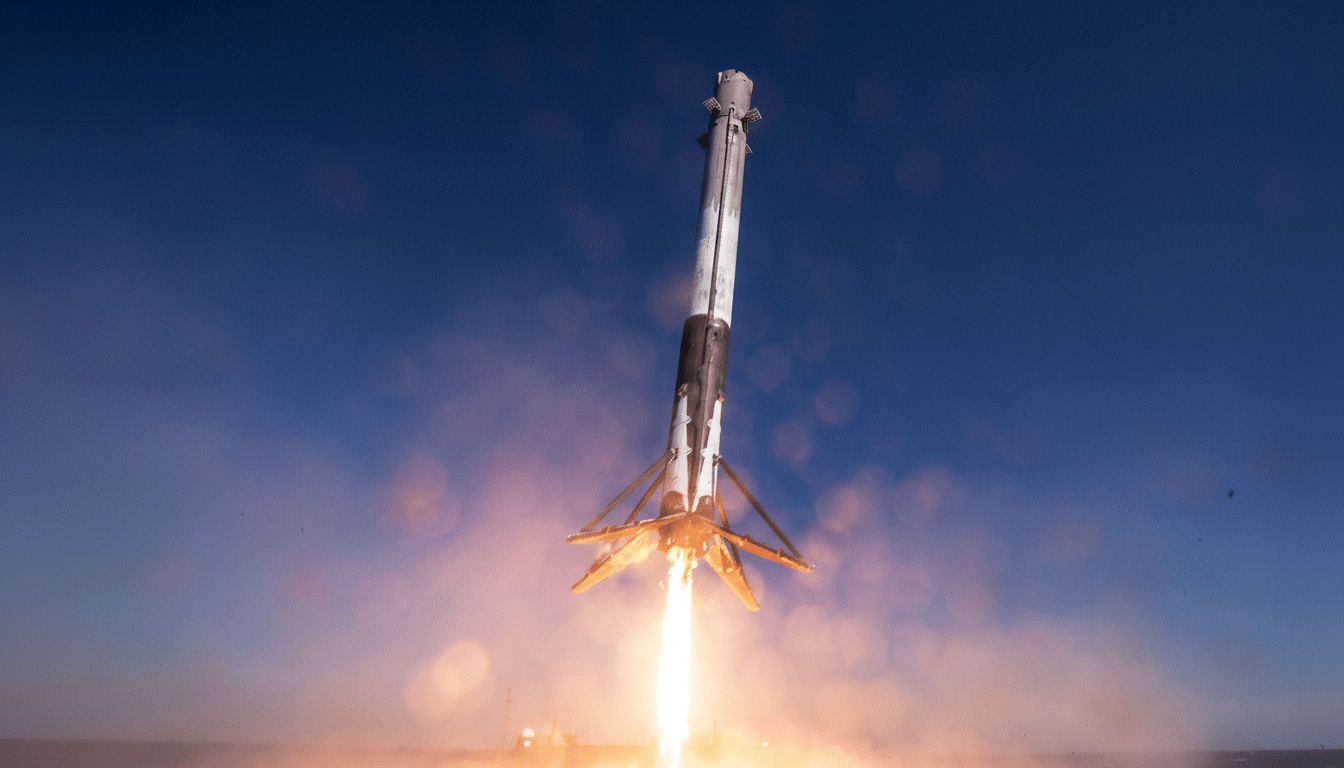The Air Force — specifically, the Department of the Air Force, which was a 2020 addition to SpaceX’s title for its engagements with Vandenberg — has granted approval for Elon Musk’s launch company to scale up from Space Launch Complex-4E and permitting as many as 100 missions annually. The move comes after a federal environmental review and over the objection of the California Coastal Commission.
What the Approval Changes for Vandenberg Launches
The cap effectively doubles the number of annual launches allowed previously at the Pacific range and pertains to both commercial and government missions. In practical terms, it gives SpaceX more leeway to launch Starlink deployments into polar shells and provide access to orbits popular with national security payloads that require sun-synchronous or high-inclination orbits from the West Coast.
- What the Approval Changes for Vandenberg Launches
- Environmental Review and Local Concerns at Vandenberg
- Falcon Heavy Heads to the West Coast for SLC-6 Missions
- Infrastructure and Range Modernization at Vandenberg Space Force Base
- What This Means for Government and Commercial Customers
- What to Watch Next as Vandenberg Increases Cadence

Space Launch Delta 30 currently oversees Vandenberg, the U.S. gateway for polar-orbit launches. Raising the ceiling to 100 flights brings the base in line with a larger trend at U.S. ranges: shrinking turnaround times, adopting autonomous flight safety systems and working with several different providers to handle an increasing demand for launches.
Environmental Review and Local Concerns at Vandenberg
The Air Force decision follows a review under the National Environmental Policy Act and a Coastal Zone Management Act consistency determination. The California Coastal Commission had opposed, saying there was not enough information on noise, wildlife impacts and public access closures, but the Air Force determined that it conforms with enforceable state coastal policies and could move ahead with mitigations.
Measures prescribed by the military for mitigating harm will entail restricting launch windows to avoid wildlife and bird disturbances, acoustic monitoring and sonic boom scorekeeping, marine mammal and seabird surveys, and including standardized community notifications about beach or road closures. Range officials also expect post-launch reporting to test whether the predicted noise contours and biological protections are as effective in reality.
Independent biologists have long observed that the majority of launch-related noise exposure occurs within a few miles of the pad, and it is short-lived compared with continuous industrial noise. Even so, heavy-lift vehicles and night operations could expand impact zones, one reason the review imposed more-restrictive monitoring and closure protocols in sensitive habitats.
Falcon Heavy Heads to the West Coast for SLC-6 Missions
It is the first approval for Falcon Heavy operations from Space Launch Complex 6. Heavy missions are limited to a few per year, a capacity sought by the Air Force with high-mass payloads headed for polar orbit and direct-to-orbit insertion to minimize satellite propellant requirements.
The shift to Vandenberg shores up an opening left by the previous heavy-lift platforms’ retirement while giving U.S. customers a second coast on which to take their heaviest payloads, which increases schedule resilience in case weather or range conflicts conspire against launches from Florida.

Infrastructure and Range Modernization at Vandenberg Space Force Base
The proposal, which the Air Force calls an alternative in its environmental review, involves building a new roughly 62,000-square-foot hangar to allow both booster and fairing integration for Falcon 9 and Falcon Heavy under one roof. More ground-support improvements and telemetry upgrades, along with pad hardening, likewise aim to reduce turnaround times without sacrificing safety.
“Vandenberg’s range is increasingly using automation and data-centric operations including automated flight termination systems and enhanced tracking to support faster processing,” they add. Those changes are in line with the Eastern Range modernization efforts and necessary for an annual triple-digit launch cadence across U.S. spaceports.
What This Means for Government and Commercial Customers
SpaceX’s ramped-up access at Vandenberg will allow for construction and replenishment flights of constellations such as Starlink, a system SpaceX claims provides service to millions of users across the planet. The higher cadence on the West Coast benefits government customers such as the National Reconnaissance Office, NASA and Space Systems Command with increased launch opportunities for mission-specific orbits.
The approval also increases U.S. launch resiliency by allowing sensitive payloads to fly on different rockets, a growing concern as global demand grows and the international ranges become congested. It gives other operators at Vandenberg, including United Launch Alliance and Firefly Aerospace, higher stakes for coordination, but range managers have said scheduling tools and pad separation are working to minimize conflicts.
What to Watch Next as Vandenberg Increases Cadence
Some other things to watch for:
- Timing of the first Falcon Heavy from SLC-6
- Speed of the new integration hangar coming online (and with what limitations)
- Results from acoustic measurements and wildlife monitoring following initial high-energy missions
- Community access notices and beach closure hours as markers of mitigation effectiveness
- Any tweaks based on early data
If the execution follows the plan, Vandenberg will evolve from a busy-but-not-hectic polar launch site into a genuinely high-tempo coastal spaceport, effectively increasing the United States’ ability to reach space for science (as well as commercial broadband and national security missions) while maintaining existing environmental protections that help define California’s coast.

